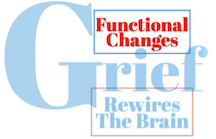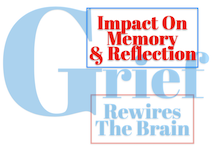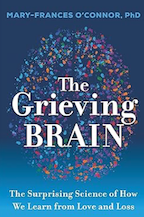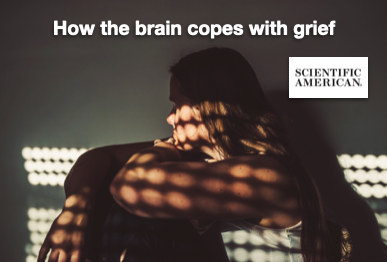Harm reduction therapy is an approach to health and social services that aims to minimize the negative consequences associated with certain behaviors, particularly those related to substance use. This approach recognizes that while complete abstinence may be the ideal goal for some individuals, it may not be realistic or achievable for everyone. Instead, harm reduction focuses on reducing the risks and harms associated with drug use and other high-risk behaviors.
Key principles of harm reduction therapy include:
1. Pragmatism: Acknowledges that drug use is a part of our world and chooses to work with individuals rather than against them. It emphasizes practical strategies to reduce harm rather than demanding abstinence.
2. Focus on Risks: Concentrates on understanding and mitigating the risks associated with substance use, such as overdose, infectious diseases (like HIV and Hepatitis C), and other health-related issues.
3. Empowerment: Encourages individuals to take control of their own lives and make informed choices regarding their health. This involves providing education and resources to help individuals understand potential risks and safer practices.
4. Non-judgmental Approach: Harm reduction therapy offers a compassionate and supportive environment, free from stigma and judgment, recognizing the complexities of addiction and the varied reasons individuals may use substances.
5. Individualized Care: Recognizes that each person’s situation is unique, and therefore, interventions should be tailored to meet individual needs, preferences, and circumstances.
6. Incremental Change: Supports small, achievable goals that can lead to significant improvements over time. This might include reducing the frequency of use, using safer methods of consumption, or accessing healthcare services.
7. Community Involvement: Engages communities in harm reduction strategies, often incorporating peer support and outreach programs to create a more supportive environment for individuals who use substances.
Examples of harm reduction strategies include needle exchange programs, supervised injection sites, providing naloxone to reverse opioid overdoses, and offering education on safer drug or alcohol use practices.
Overall, harm reduction therapy seeks to improve the well-being of individuals and communities by addressing the realities of substance use in a realistic and empathetic manner.
Focus is on empowerment, in small steps.
It is not a “preferred” treatment approach. It is when the situation where abstinence is not an option and the person is in danger or may put themselves there.
And those who don’t understand might call it “enabling.”
And nobody participating really likes it nor prefers it. Just necessary to preserve life and reduce, not eliminate, suffering.
Another name for it, when all else fails to work: compassion.




























